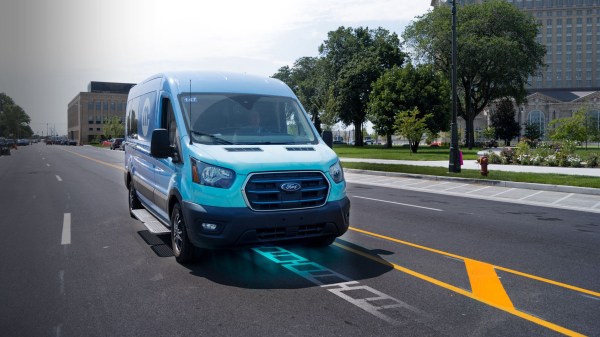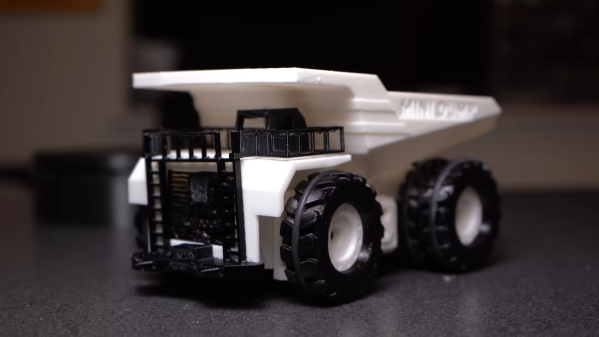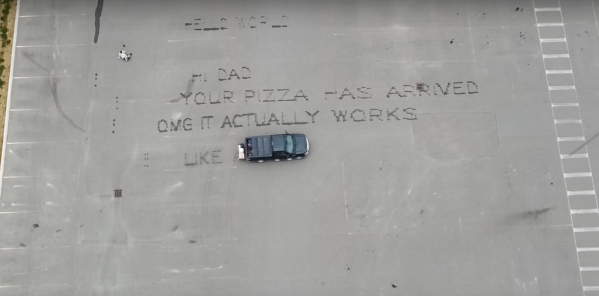[Dave] wanted an old pickup, and he found a GMC Sierra Grande truck vintage 1970. While it had an unusual amount of options, there weren’t that many high-tech options over 50 years ago. The five-year-long restoration work was impressive, as you can see in the video below, but we were really interested in the electronics part. As [Dave] mentions, the truck was made when the Saturn V was taking people to the moon, but after his modifications, the truck has a lot more computing power than the famous rocket.
He was concerned that the taillights were not up to modern standards and that it would be too easy for someone using their cell phone to plow into the rear of the truck. So he broke out an ESP32 and some LEDs and made an attractive brake light that would have been a high-tech marvel in 1970.


















